Answered step by step
Verified Expert Solution
Question
1 Approved Answer
Computer Science Python problem about numerical computing. Code runs on jupyter notebook with python3 kernel. It has a long background code, but real question shouldn't
Computer Science Python problem about numerical computing.
Code runs on jupyter notebook with python3 kernel.
It has a long background code, but real question shouldn't be long.
I will give thumb up, thank you!
background:
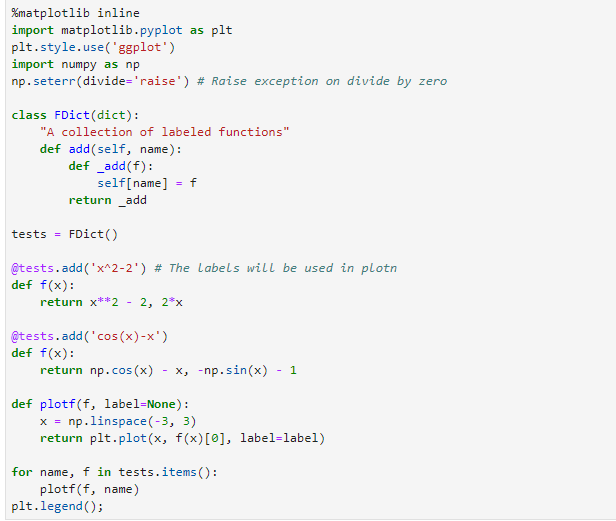
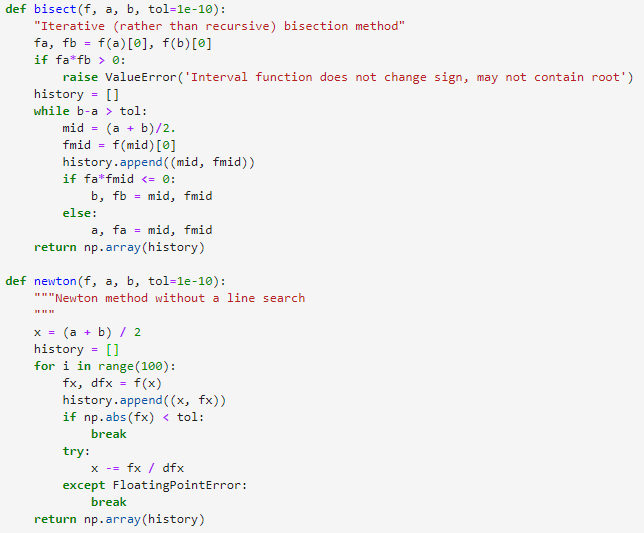
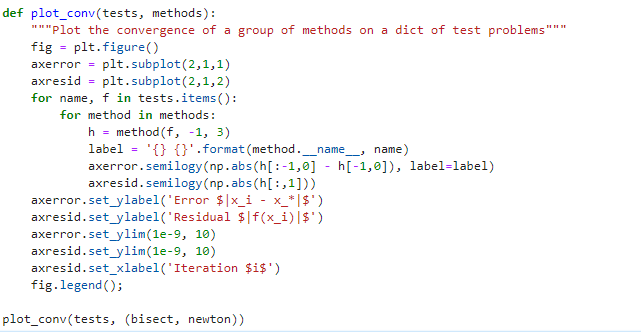
Question:
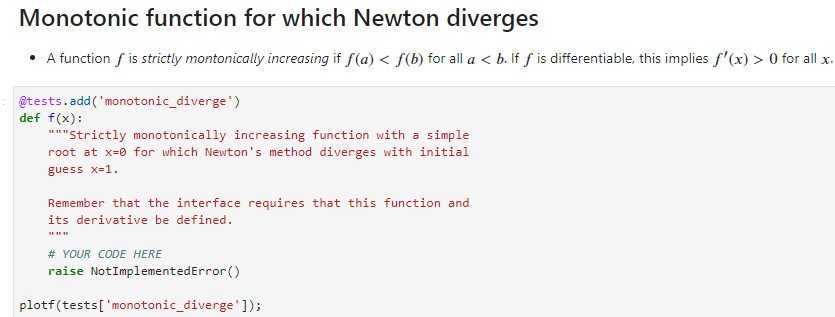
Test case:
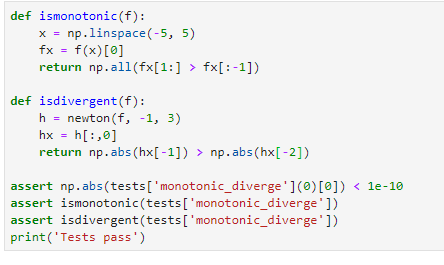
I will be appreciate if you can also look at this question. but not require, thank you!
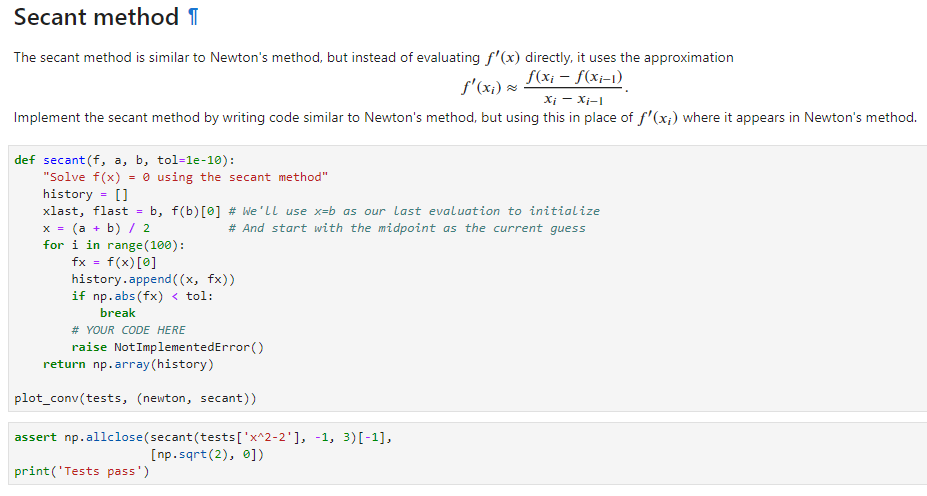
Step by Step Solution
There are 3 Steps involved in it
Step: 1

Get Instant Access to Expert-Tailored Solutions
See step-by-step solutions with expert insights and AI powered tools for academic success
Step: 2

Step: 3

Ace Your Homework with AI
Get the answers you need in no time with our AI-driven, step-by-step assistance
Get Started


